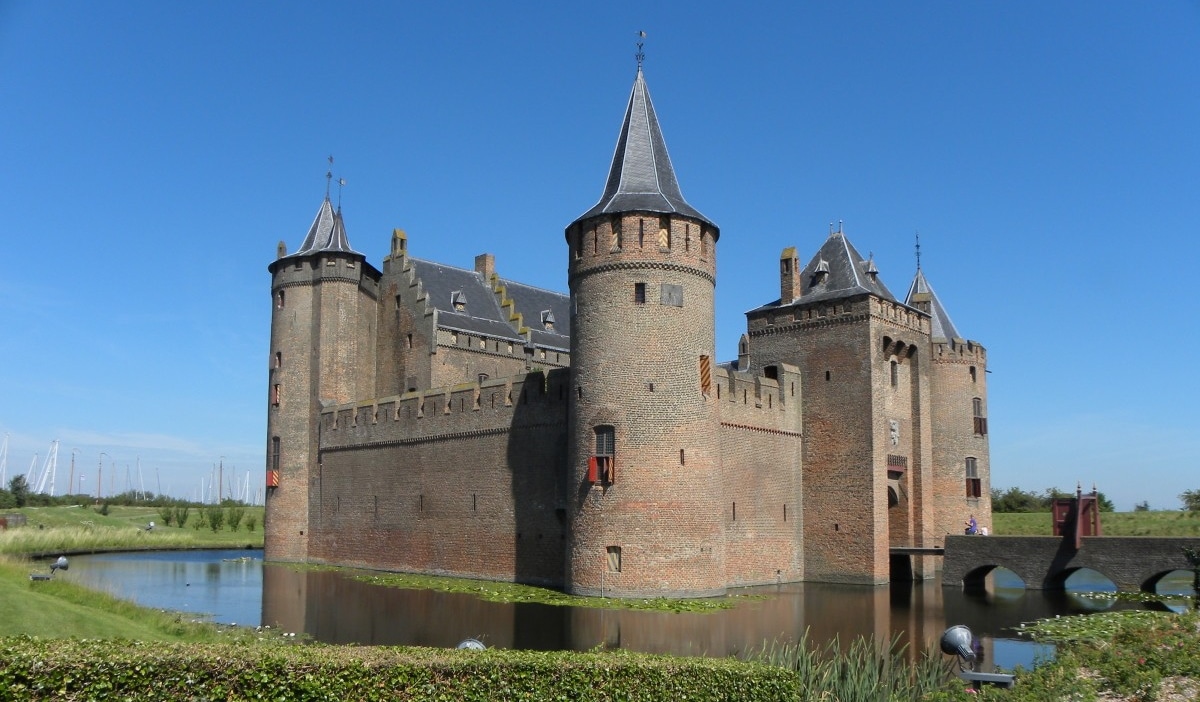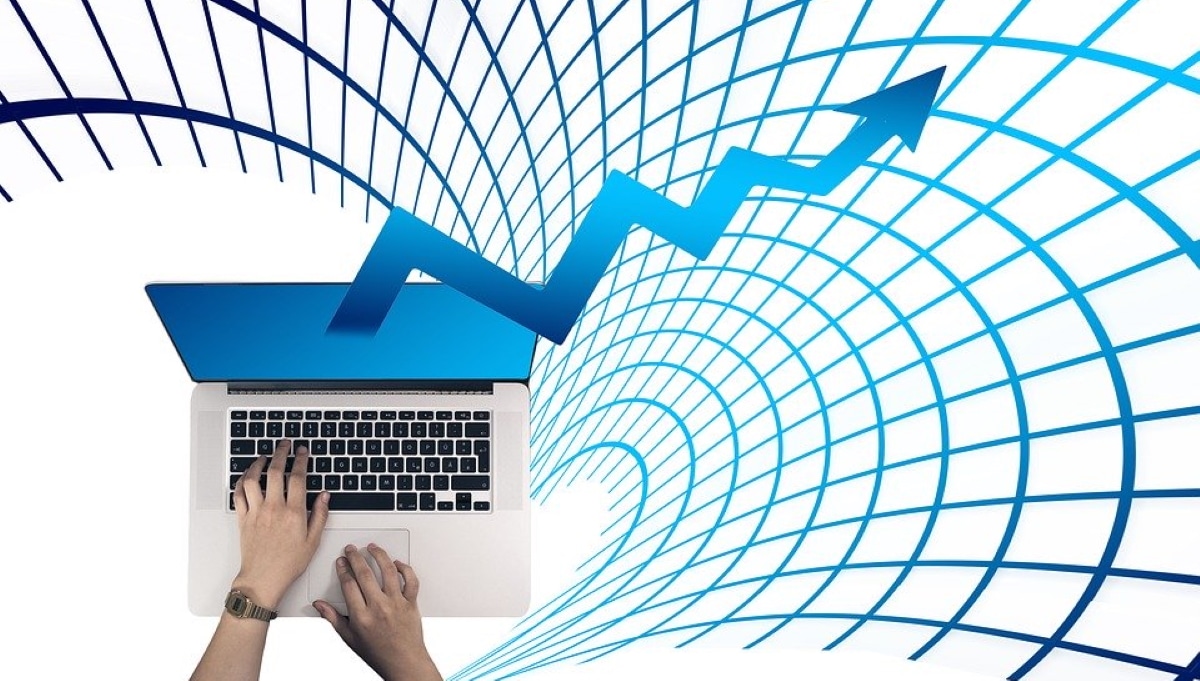
There are different profiles when making an investment. A riskier profile that pursues greater benefits, to more conservative profiles minimizing the risks to the maximum without opting for such a large benefit. Warren Buffett, with followers all over the world including myself, coined the term Moat. Moat in English comes from moat, a parallel that Buffett made with moats in castles. It is one of the aspects, or set of aspects, that you take into account when investing in a company. The larger that Moat (moat), the more immovable will be the position that the business occupies.
The Moat is not in itself a predictor, but it is a sign of stability that allows you to be more confident when buying shares. Many times when investing, you can make rational decisions, but unconsciously they are impulsive. Sometimes due to the fundamentals of a company, due to the revaluation of some shares, others due to the expectations that fall, etc. The Moat allows you to have that common sense, that broad vision to see what place a company really occupies. The market is very broad, and a selection of companies with Moat, have proven to be resistant to periods of recession, and with more relaxed drops in prices.
What is a company with Moat (moat)?

The economic moat or the economic moat, according to Buffet, refers to the competitive advantages of a company compared to its competition. In the same way, the sustainability of that product or service and also its sustainability, the prolongation in time. The greater those competitive advantages, the greater Moat we will be talking about.
A company that develops an excellent product, attractive to consumers and also profitable, does not take long to attract competitors. Other companies that want to replicate the product and even improve it, make it lose market share. These more distributed profits are the main inconvenience that the company that has developed the innovative product will then have to face.
However, there are many of these companies that are capable of surviving these phenomena.
What determines that a company has a good moat?
There are multiple ways to assess how wide and / or deep a company's moat is. Over time, therefore, there have been some shared characteristics when determining it. Among them, the most relevant that could be found are the following:
- Low business costs. First of all because of its easy understanding. Companies capable of producing the same good or service, but at a lower cost they have a lot of advantage. In case of having prestige as a brand, they can match the price of the competition, and get higher profit margins. If the strategy is to sell at a lower price, they can more easily unseat the other brands.
- Intangible Assets. We would frame within this criterion those non-physical and immaterial things that report a strong advantage to the company. Patents, licenses, and even the brand itself of the business. An example of patents could be found in various pharmaceutical companies. When they get a good result after passing the various phases, and they can start marketing a new drug, and they have this exclusivity. Another example, that of technology companies. In terms of licenses, for example, we could find mineral extractors, which have the license to exploit a certain area. And finally, in terms of brand, a good example would be Harley Davidson, whose brand has such a strong power over some consumers that some even get their name tattooed.
- Due to the existing demand (Red Effect). The product or service can become so popular that prices can begin to rise gradually, without affecting new consumers. Happens when a company is gaining market share, and it becomes so large that it even attracts new customers motivated by other consumers already being there. A good example would be Amazon in relation to online sales. Amazon not only distributes, but many sellers turn directly to it because the company already has a large market niche.
- Replacement costs. Changing the company where you are can sometimes have unwanted costs. For example, we do not change banks as fast as going to any supermarket, unless the offer they offer us is really attractive. In the same way, we are not going to change all the software of a company, because another program is something more attractive to us. That power to secure clients due to the costs involved in changing companies, is another feature of Moat.
How to take advantage of the Moat?
A company with Moat has a higher intrinsic value than its competitors. One of the ways to make a profit is to invest in them. The question as always is to know when is the moment.
The market usually has economic cycles, periods of expansion and others of contraction. However, and what it does very often, is create much higher expectations in certain companies compared to the rest. It should be logical then that for a company with Moat the market value would have the economic moat that the company has. However, it does not happen as often. This phenomenon may be due to the fact that developing a good Moat takes, according to experts, 10 years or more. On the other hand, after all this time, and despite being constant companies in their growth, the time factor also influences. Finally this translates into a homogeneity of quotes and values among listed companies.
Taking into account that two companies in the same sector where one of them has a higher Moat compared to the other, helps to determine with more precision which is the best option to invest. In this type of investment, short routes are not sought, but focused on the long term. In the end, "the waters return to their course", which in theory (if there are no eventual events that harm it) benefits and without major scares.
As Buffett himself said, "only when the tide goes out do you know who was swimming naked."

